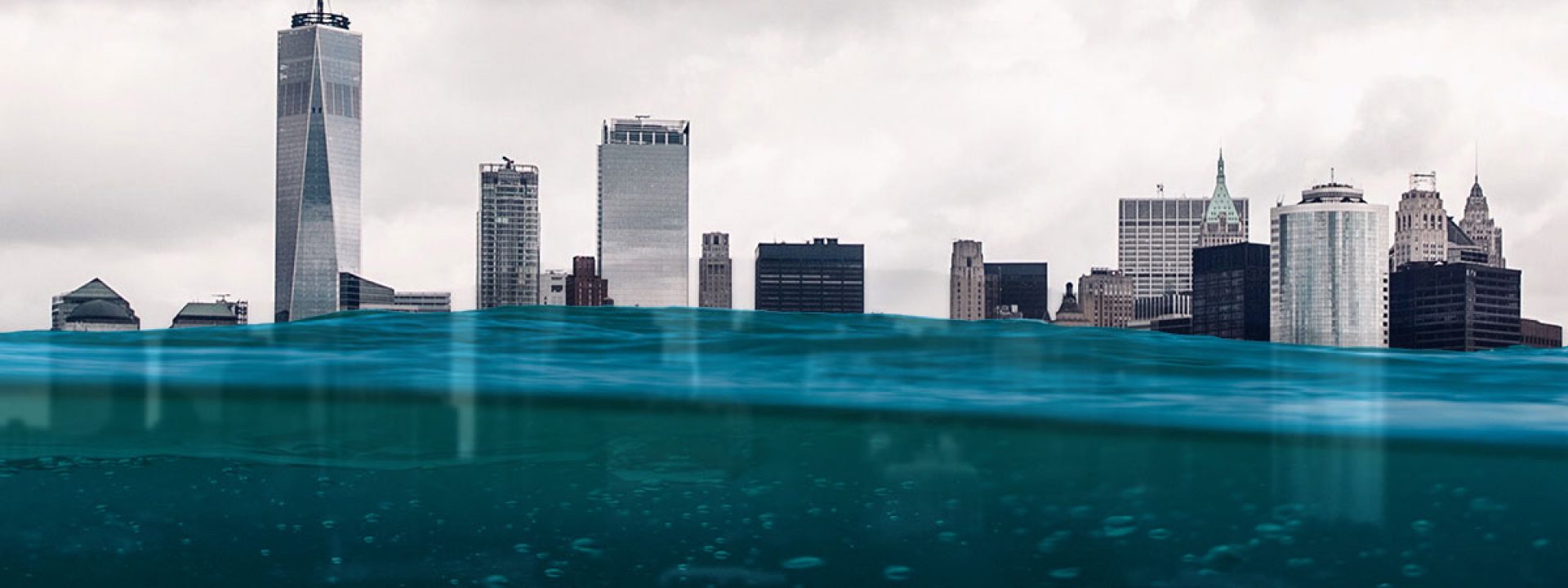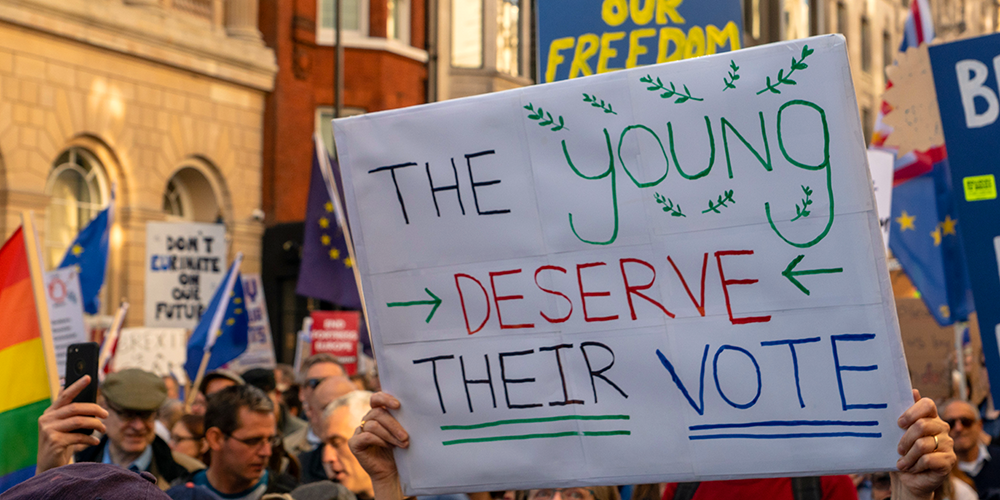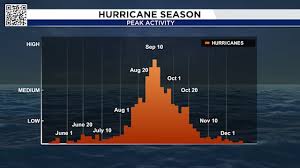Researchers are warning many that sea levels are rising faster than expected, and the outcome could be serious for coastal cities. Many communities built along shorelines are already encountering increased flooding, and specialists say the problem will only get worse if action isn’t taken.
The main reason is that the sea level is rising due to climate change. As global temperatures increase, glaciers and ice sheets melt, adding more water to the oceans. Warmer temperatures also cause water to expand, which raises sea levels further. As stated by NASA, global sea levels have risen about 8 inches since 1880, and they are expected to rise by at least another foot by 2100. While that may not sound like much, it can have a huge impact on low-lying areas.
Like most major cities, such as Miami, New Orleans, and New York, they are extremely unprotected. Even a few extra inches of water can lead to” Sunny day flooding,” where streets fill with water during high tides, even without storms. In other parts of the world, such as Bangladesh and island nations like the Maldives, rising seas endanger millions of people’s homes and establishments.
Students are also starting to realize the issue of what is happening around them”. It’s kind of scary to think that just a few inches of water could flood a whole street—we don’t usually think about that happening without a storm,” said Joshua Diaz (11). Jada Brown (10) added, “Rising seas may not affect my town right now, but it’s still our problem because it changes the way people live everywhere.” Their comments show how the next generation is recognizing the seriousness of climate change and the need for action.
The economic cost is also a concern. Flood damage is high-priced to repair, and cities will have to invest billions in sturdier sea walls, improved drainage systems, and emergency response plans. Without preparation, entire communities could become unlivable, forcing people to relocate inland.
Young people today will see more of these effects in their lifetime, which is why researchers stress the significance of cutting greenhouse gas emissions now. Renewable energy, greener transportation, and sustainable building designs are all ways to reduce the pace of climate change. On a smaller scale, communities can also prepare by planting wetlands and restoring natural barriers that absorb floodwaters.
The issue of rising seas might feel far away for students in non-coastal towns, but the truth is, it affects everyone. Coastal cities are centers for trade, tourism, and culture. If these areas are flooded, the entire country will feel the ripple effects. Sea level rise is not just a natural influence issue; it’s a human one, and it’s happening faster than many people realize.








